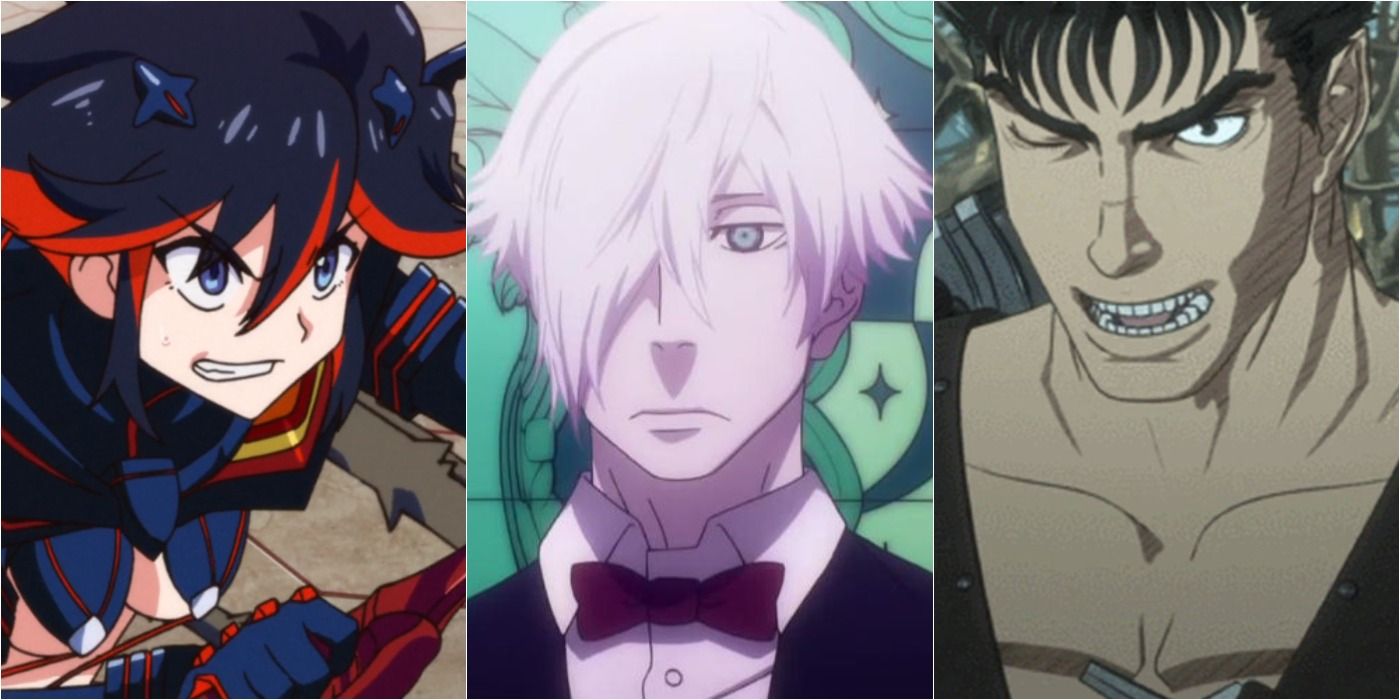
There are many ways to categorize anime based on themes and genres, but the most common way to distinguish different series is by focusing on their target audiences. The five types of anime that are identified by their target audience include shonen, seinen, shojo, josei, and kodomomuke. Shonen is by far the most popular, and it consists of manga and anime adaptations that are marketed toward teen boys. While seinen also caters toward a male demographic, it's intended to be more for an older audience than shonen is.
There are key distinctions between shonen and seinen, but oftentimes, the target groups overlap. Many argue that some seinen series seem to contain more shonen elements and cover topics that appeal more to younger viewers. While most seinen series reach their intended audience, others include scenes, characters, and plot lines that seem to be more relatable to those within the shonen target audience.
10 One-Punch Man Is A Parody Of Shonen Anime
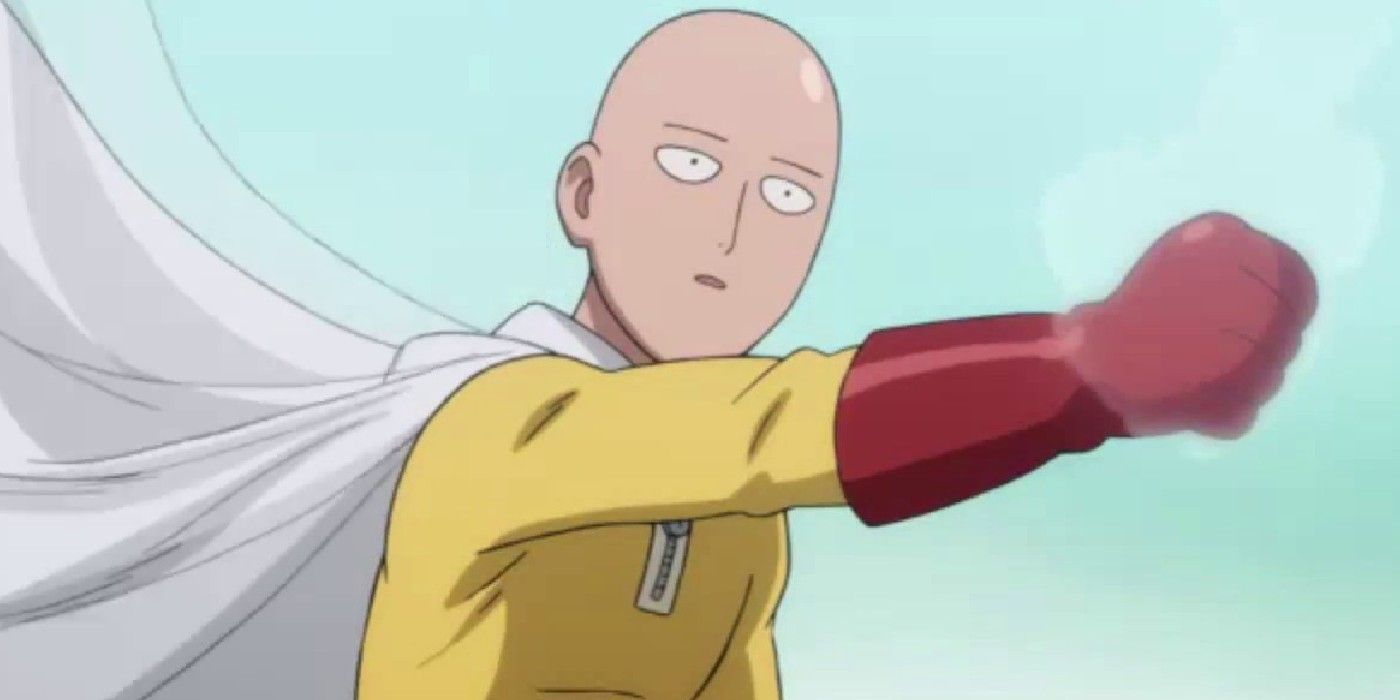
While there is a lot of action in the series One-Punch Man, is classified as a seinen. Shonen series tend to be characterized by their iconic, action-packed fighting scenes, so many people confused the story of Saitama as one aimed toward a teen audience.
It also contains shonen tropes and has been described as a "generic shonen parody." Despite this, the series covers complex issues and contains gore and graphic imagery. It was also originally published in Weekly Young Jump, which is designed to be a seinen magazine.
9 Berserk Is A Series Mistaken For A Mature Shonen Title
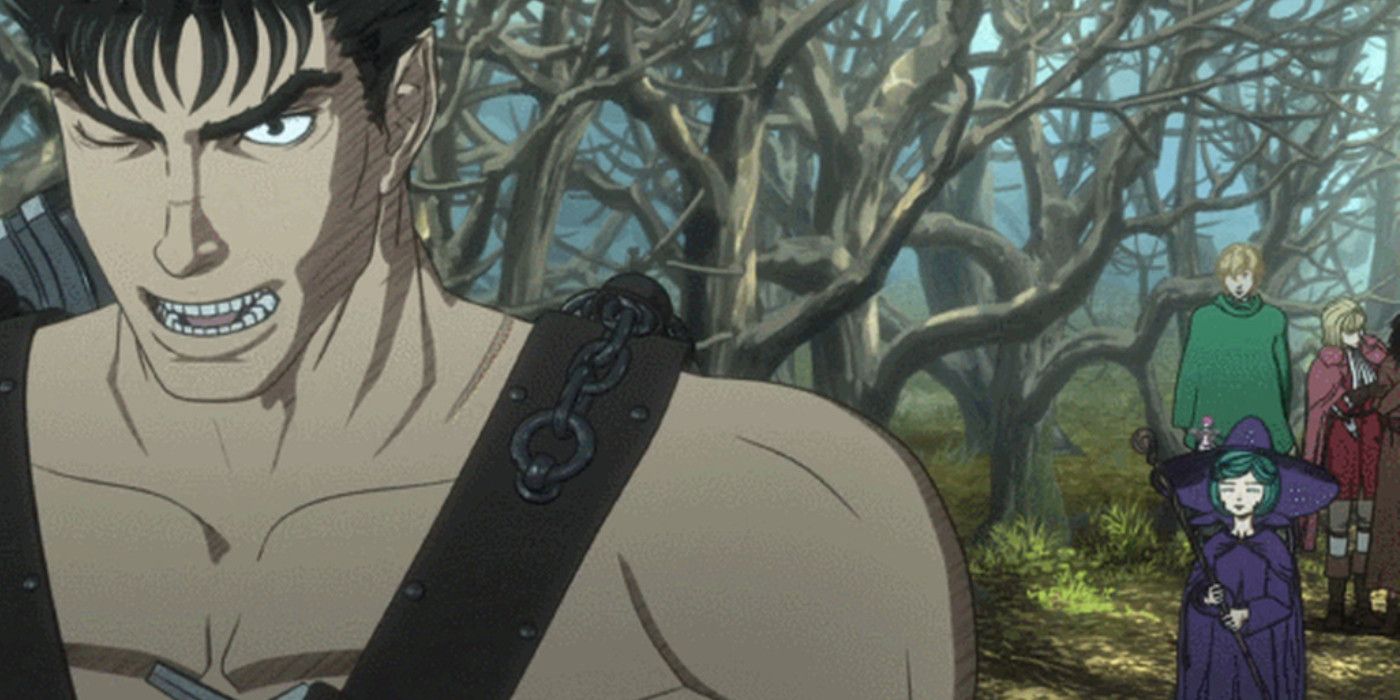
Many shonen titles are considered mature series, and fans often assume Berserk falls under that category. However, this isn't the case. Although the series contains complex characters and captivating battles found in shonen, it is a seinen anime.
The story follows the journey of Guts, the protagonist, and his friend-turned-adversary, Griffith, the antagonist. Despite having viewers of all ages, the complex plot comprises dark themes, carnage, betrayal, and violence, all of which are qualities intended to be viewed by a mature audience.
8 The Genres Charlotte Falls Under Can Be Deceptive
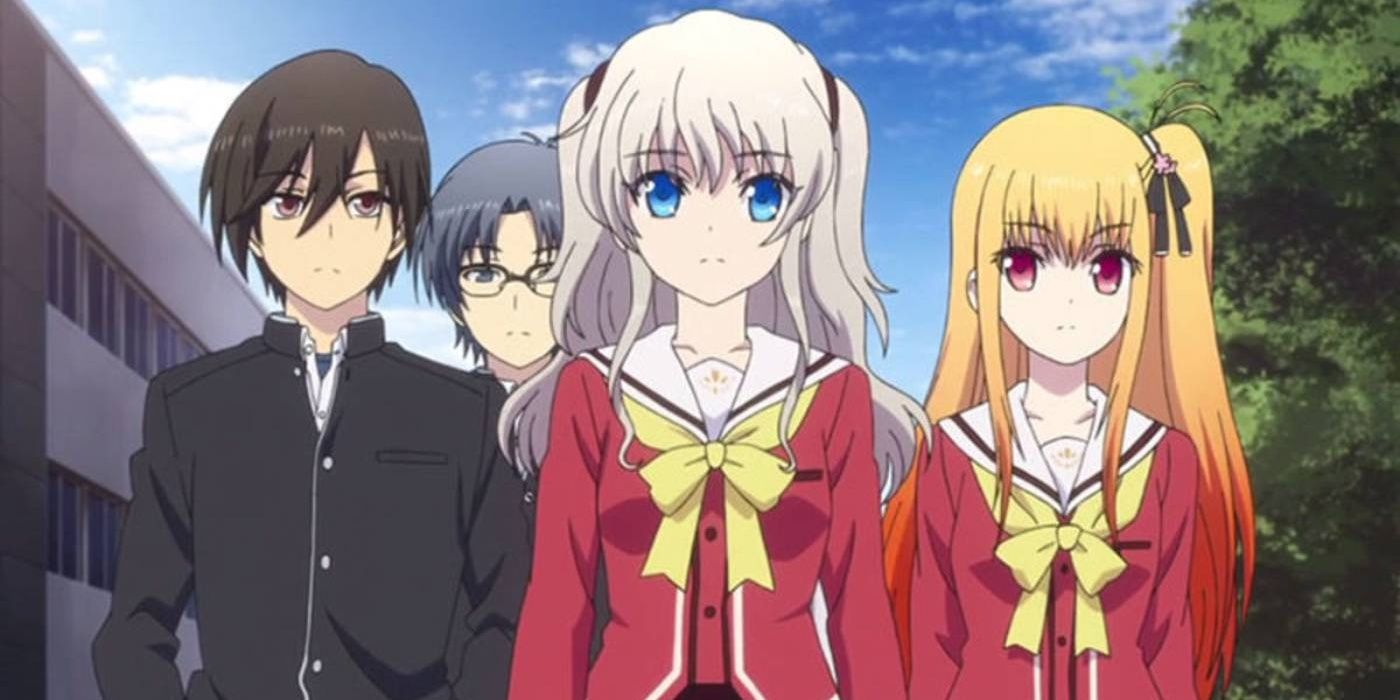
The genres listed for the series, Charlotte, include comedy, drama, and supernatural, which are all commonly seen in shonen anime. The series depicts an alternate reality where children develop superhuman abilities after inhaling the dust of a comet that passes over the Earth every 75 years.
While there are many shonen series that contain elements of magic and fantasy, Charlotte adds complexity and limitations to the character's supernatural abilities that make it such an entertaining seinen anime. The series manages to convey a story of adolescents with superpowers that appeals more to older viewers than younger viewers.
7 Death Parade Is A Seinen Anime Similar To Dark Shonen Anime
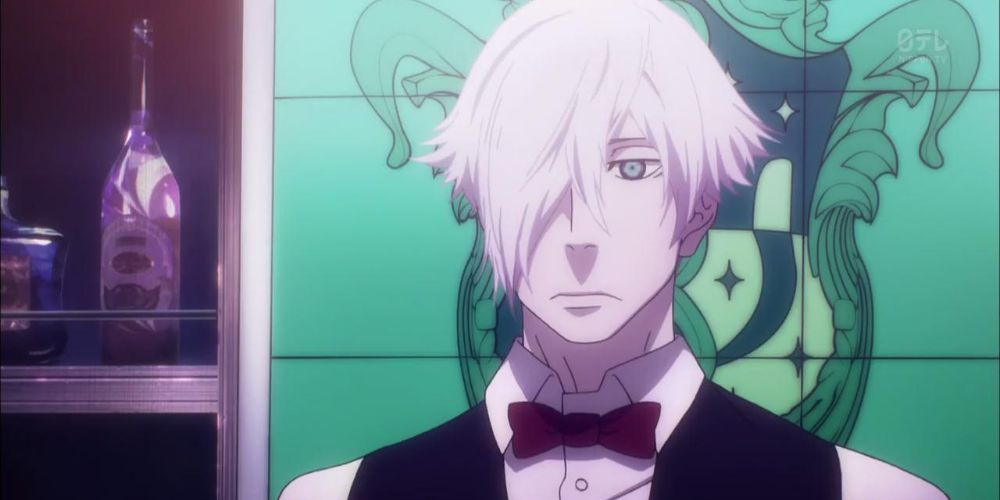
Typically, shonen series involve lighthearted and childish themes, but some also cover genres such as thriller, mystery, and psychological. This is why many place the series, Death Parade, within the category of shonen, when in fact, it's a seinen anime.
It's often compared to the series, Death Note, a shonen anime, which explains why fans would assume both series are targeted toward the same audience. However, Death Parade has a darker tone that adults would find more interesting than teens would.
6 Steins;Gate Is A Series Meant For Adults But Loved By All
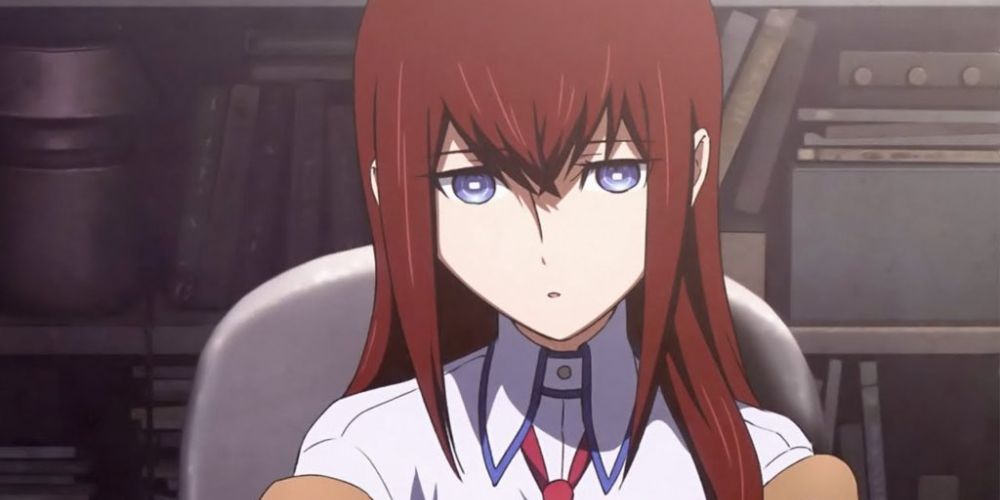
The storyline of Steins;Gate can be enjoyed and appreciated by viewers of all ages. Due to the ambiguity of its intended audience, fans debate whether it is a seinen or shonen anime.
It includes elements found in both categories, however, the manga, which the anime adaptation was based on, was originally published in Monthly Comic Alive, a Japanese seinen magazine. The series also contains a fair amount of violence and profanity, which provide evidence that the target demographic is young adults and adults.
5 Tokyo Ghoul Is Structured Like A Shonen But Complex Like A Seinen
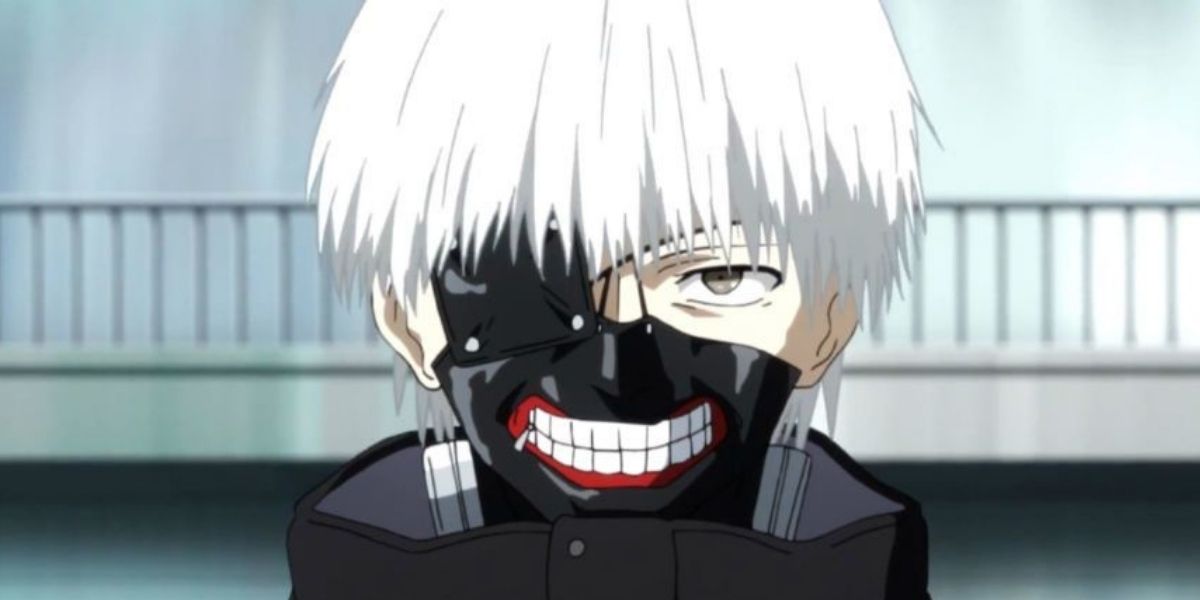
Although the series, Tokyo Ghoul, closely follows the shonen paradigm, it also contains graphic animations that depict bloodshed, gore, and violence. These mature elements and the intricate plot and character designs provide a reason why the series is classified as a seinen anime.
Ken Kaneki, the protagonist of the series, deals with the stress of living as a human-ghoul hybrid, and his life becomes a fast-paced one filled with horror and heartbreak. While the story aligns with the structure of a classic shonen series, Kaneki's character development is intended to be viewed by adults, who are meant to think critically about his sense of morality and humanity.
4 Parasyte Has Shonen-Like Battles That'll Make The Audience Question Humanity
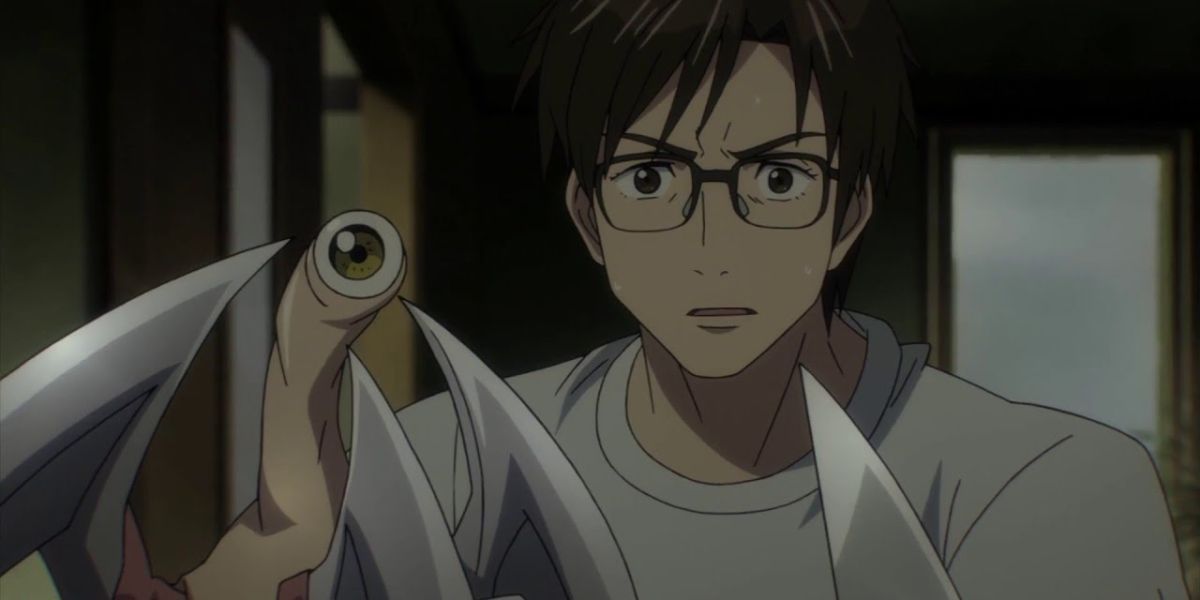
On the surface, the series, Parasyte, appears to a typical shonen anime filled with drama, action, and comedic relief. However, the implicit themes within the series point to it being a seinen anime. Like most shonen, it has epic battles followed by heartwarming and heartbreaking moments, but the story of the protagonist, Shinichi, and his parasitic companion, Migi, is elaborate and meaningful.
The series discusses the inconsistencies in human logic and morals seen in the real world. It challenges older viewers to look at their ecological and societal positions from a different perspective.
3 Code Geass Is A Mecha Anime That Brings Light To Societal Issues
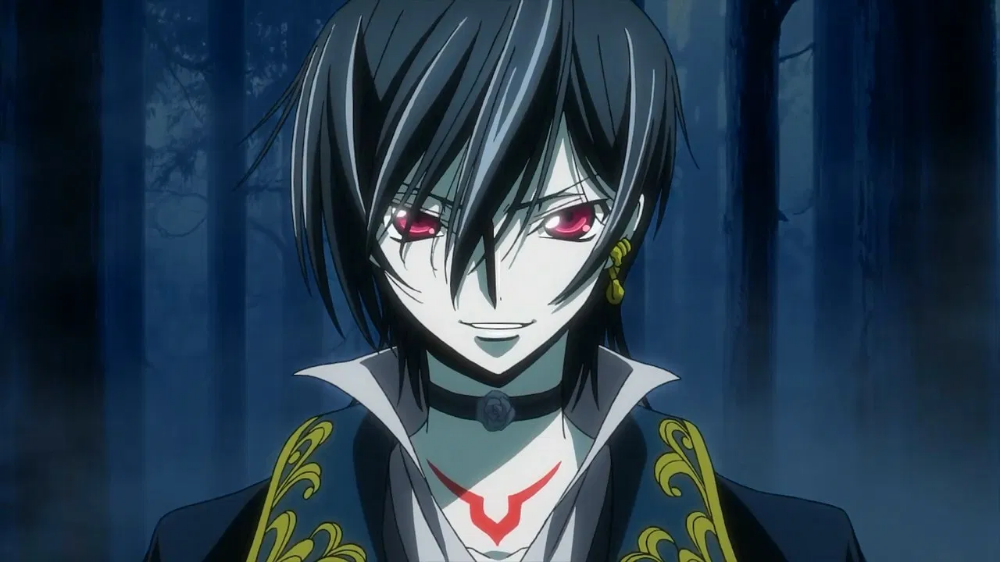
The series, Code Geass, falls under mecha, a genre of anime that heavily features robots, cyborgs, androids, and other mechanical innovations, which many may assume is intended for children and teens.
While some conflicts in the series lead to entertaining robot fights, like the ones seen in shonen, the story is meant to draw the attention of seinen viewers by covering topics like injustice, oppression, and socialism. The social themes and concepts found within the series reflect real-life societal issues that adults have either observed or experienced themselves.
2 Kill La Kill Is A Battle-Seinen Anime Confused For A Battle-Shonen Anime
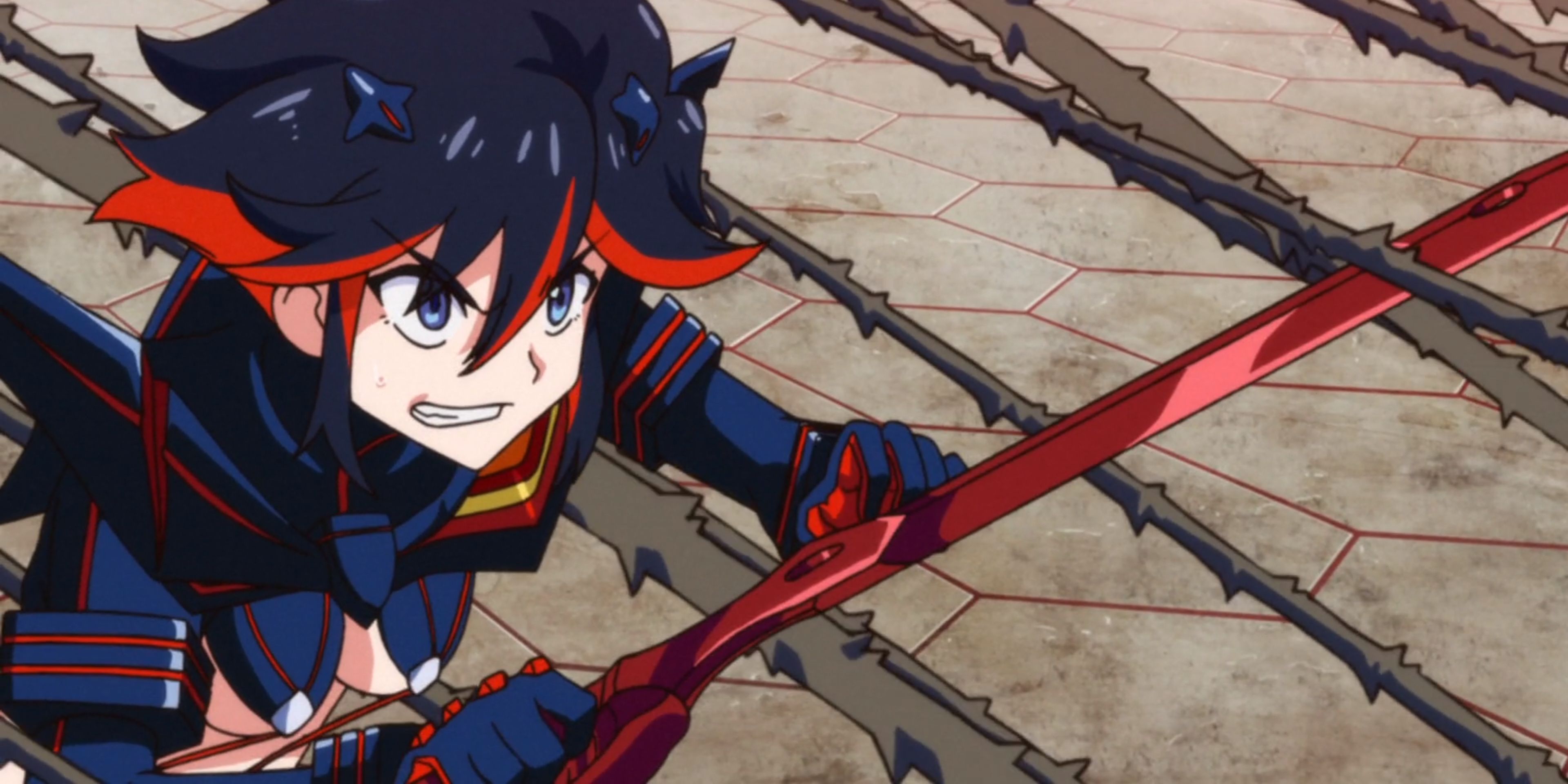
When anime fans are asked to think of generic battle-shonen anime, Kill La Kill may come to mind for some. However, the series is actually a seinen anime. Although it features many shonen tropes, those aspects of the series were added later to increase its appeal.
The storyline and main characteristics were inspired by earlier battle-seinen anime, such as Project A-Ko. The complexity of the character designs and the mature references within the dialogue allow seinen viewers to appreciate it more deeply than any other demographic.
1 Netflix's Devilman Crybaby Is A Seinen Anime Based On A Shonen Manga
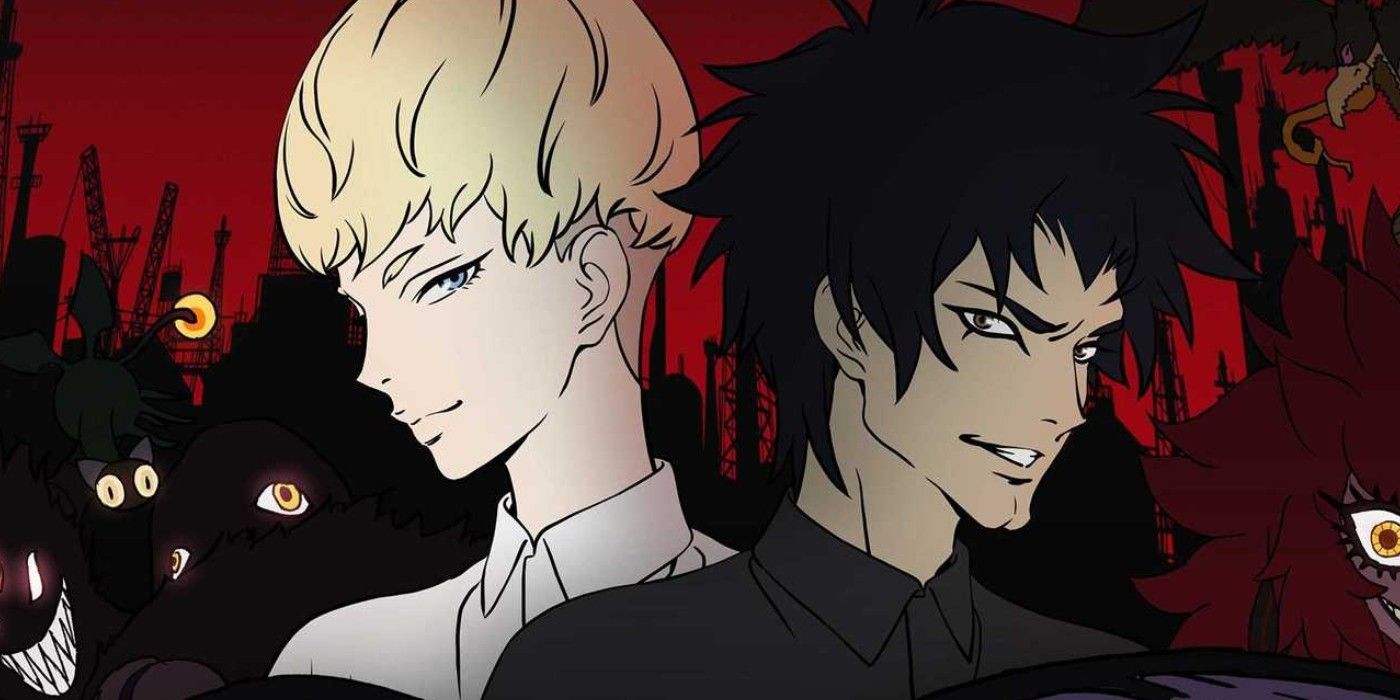
Those who have watched the series, Devilman Crybaby, clearly understand why it is classified as a seinen anime. It contains many scenes that show sex, nudity, violence, gore, and more. However, the confusion surrounding whether it is shonen or seinen stems from the manga it was based on.
The original manga, Devilman, was written and illustrated by Go Nagai and published in Kodansha's Weekly Shonen Magazine. Shortly after, the manga was adapted into an anime titled, Devilman, which Toei Animation intentionally toned down to extend the viewership to teens boys. The Netflix title, Devilman Crybaby, puts a modern spin on the original manga and anime that shifted the series from a 1972 shonen to a 2018 seinen.
0 Comments